HEALTH CARE ACCESS:
The Honduran government provides two different types of health centers throughout rural Honduras: Centros de Salud Médico Odontológico (CESAMOs) and Centros de Salud Rural (CESARs). CESAMOs are the larger of the two, often found in municipalities, and typically have at least one physician on staff at all times with nurses and potentially a dentist. CESARs are found sporadically in rural communities and generally have a single nurse available. Even with this coverage, it is important to note that medications, supplies, and materials are often not available in these health centers and the physician density in Honduras remains around 1,220 people for every one doctor. According to the World Health Organization, there should be a maximum of 435 people per physician to qualify a country as having adequate access to medical attention.
El Jute is a community located in the department of El Paraiso. The community does not have access to a local health center, which means that community members must travel to the nearest one in Teupasenti. It takes about 1 hour 45 minutes to get to the health center on foot and around 30 minutes in a vehicle. The health center in Teupasenti is known as a CESAMO, which is the larger of the two different types of health centers provided by the government. It is usually staffed by at least one doctor and several nurses. Dental care is also available to community members. Should a visitor to the health center require more medical attention than can be given at the center, community members can travel to the hospitals in Tegucigalpa either by bus if they can afford the fare or on foot.
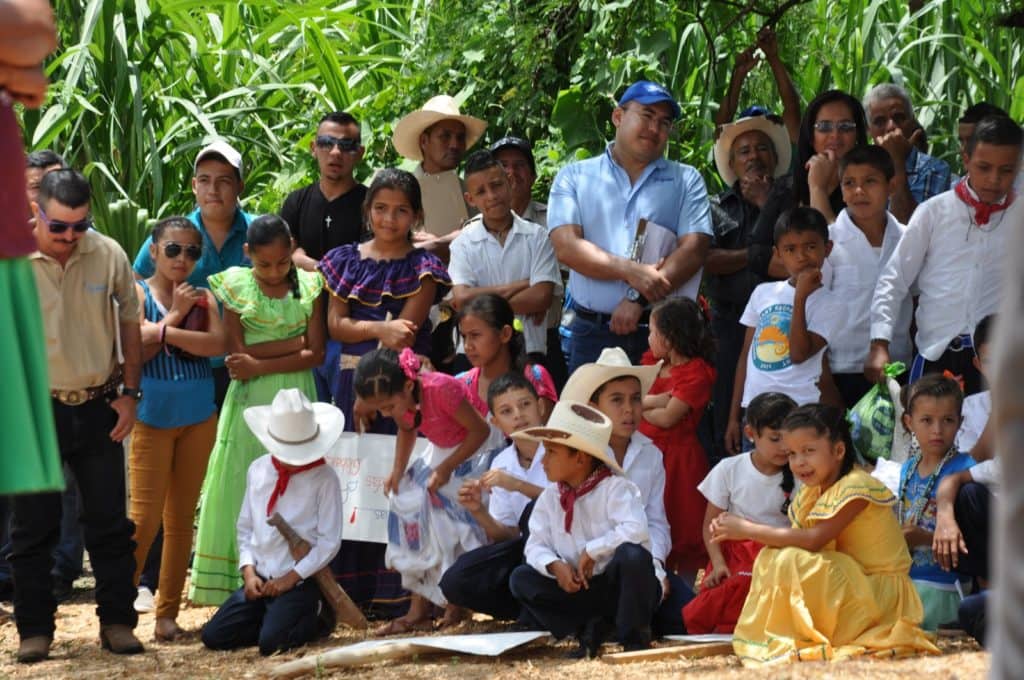
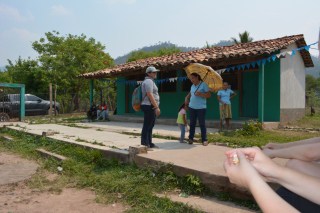
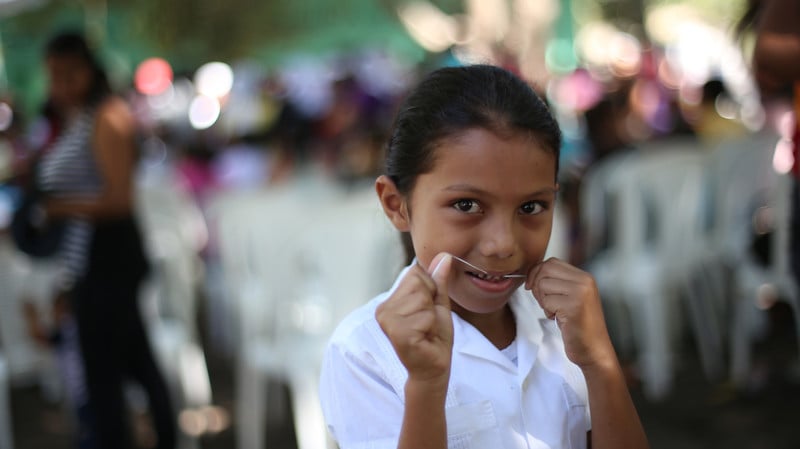 BRIGADE INFORMATION:
BRIGADE INFORMATION: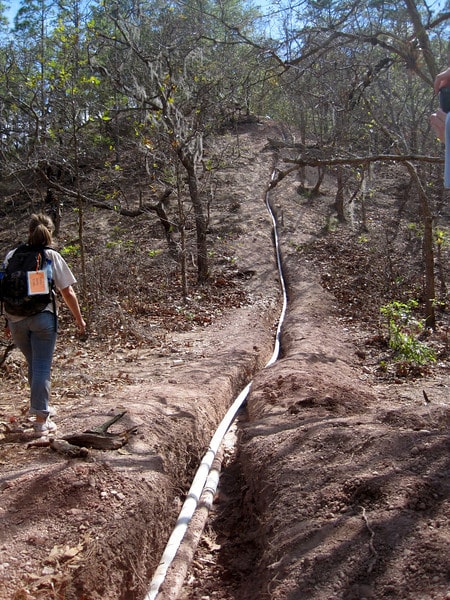 EL JUTE’S ENGINEERING SOLUTION:
EL JUTE’S ENGINEERING SOLUTION: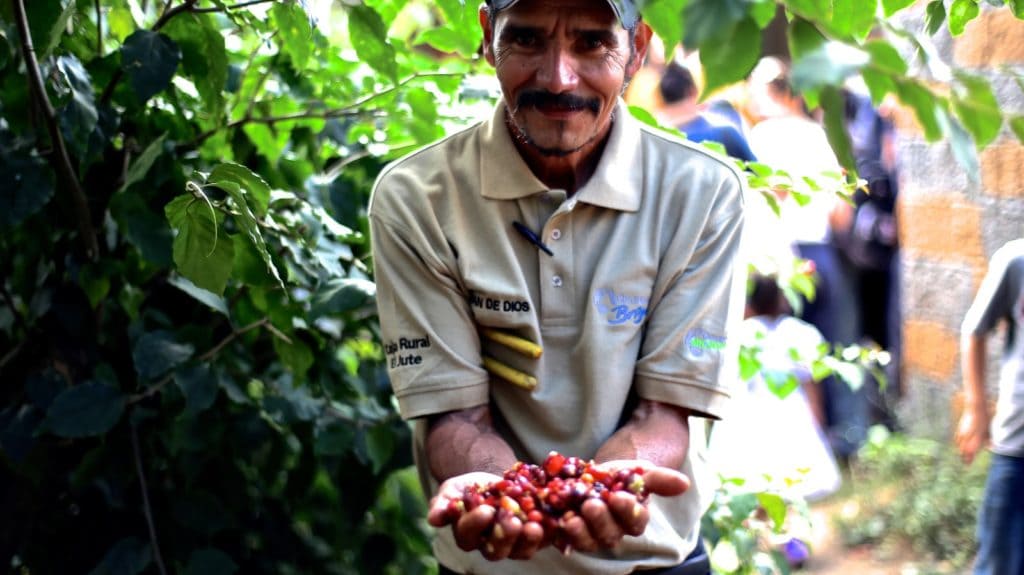 EL JUTE’S MICROFINANCE SOLUTION
EL JUTE’S MICROFINANCE SOLUTION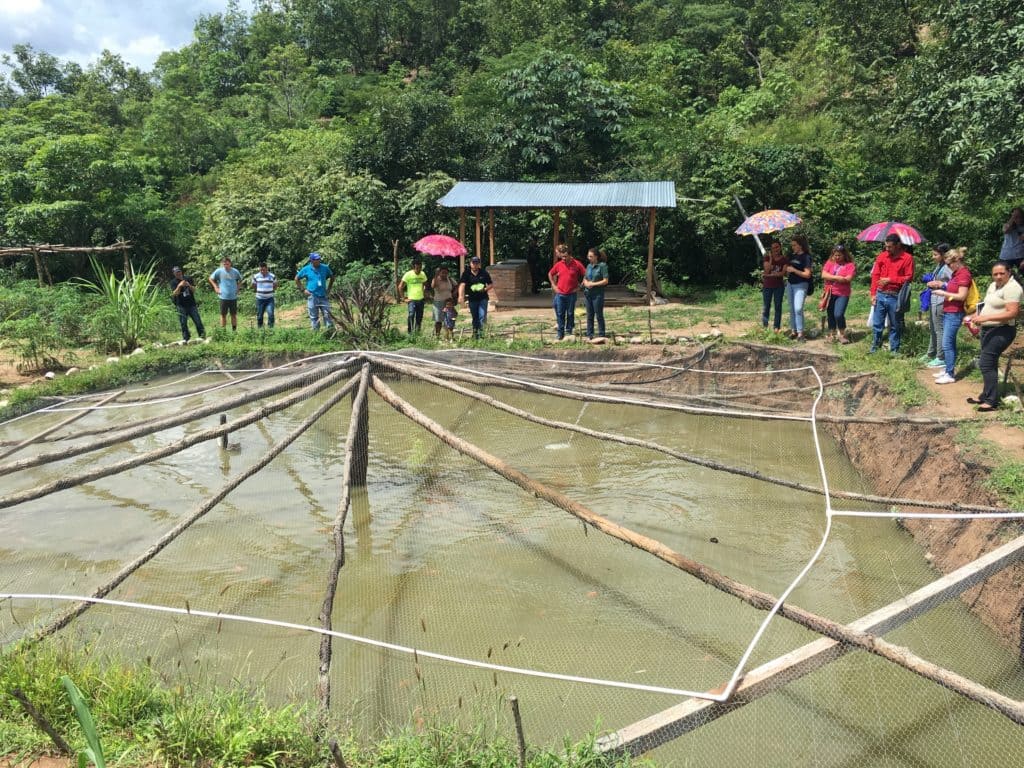 El JUTE’S BUSINESS SOLUTION
El JUTE’S BUSINESS SOLUTION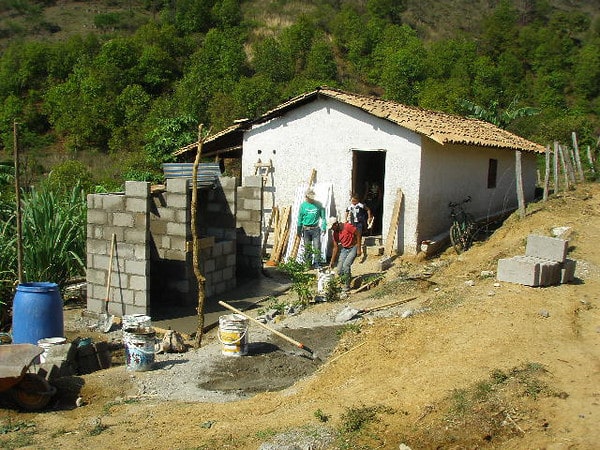 EL JUTE’S PUBLIC HEALTH SOLUTION
EL JUTE’S PUBLIC HEALTH SOLUTION